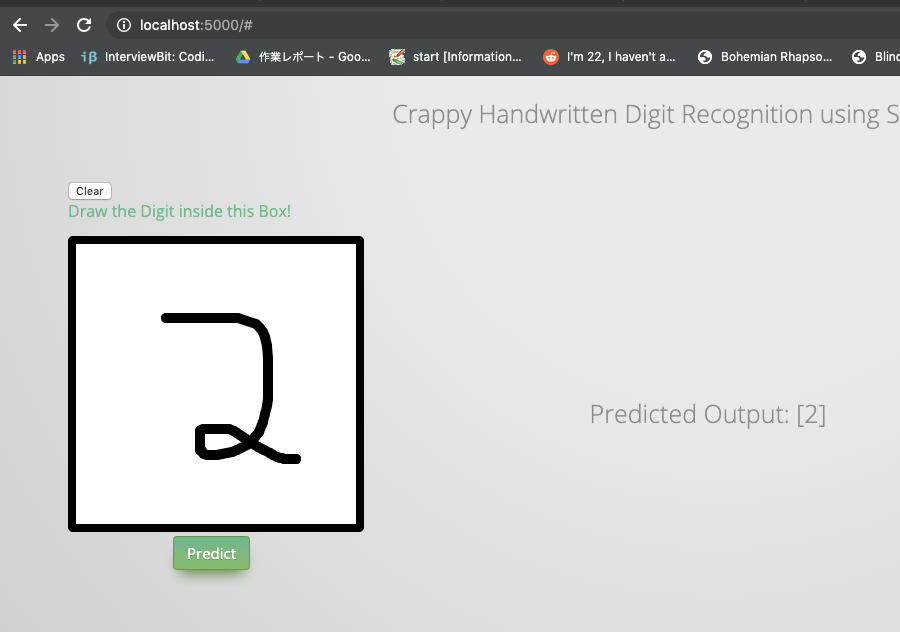Punctuating passages is a difficult task for Neural Network. The task gets even more challenging when it is a spoken transcript in a language like Japanese. Unlike English, There is no space between words for Japanese.
To oversimplify the task, these are the 3 main steps required foe this task. I got the best results using BiLSTM CRF model.
We first need to tokenize the words using a Tokenizer.
Then design the Input Sequence with relevant context.
Do some feature Engineering and make the prediction.



